Hello! July has started and children will soon be on summer vacation. At the beginning of the summer vacation period, there is a national holiday in Japan called “Marine Day”. This month, we would like to introduce ships in connection with the Marine Day, which was established to “express gratitude for the bounty of the sea and to wish for the prosperity of Japan as a maritime nation.”
In this column, we introduced about Tarukaisen cargo vessels in the Edo period (1603-1868) several times. Then in the modern era, the Tatsuuma family continued their shipping business by purchasing Western style sailing vessels and steamships. It was this shipping industry that they focused on more than matches and bricks mentioned in the previous articles.
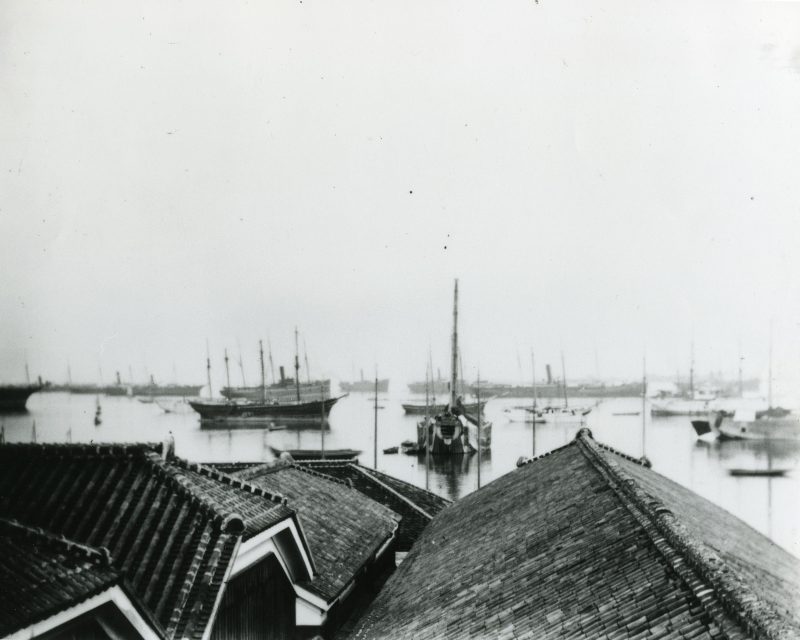
In the Edo period (1603-1868), Tarukaisen cargo vessels that transported sake and other materials gradually disappeared. This is because Western style sailing vessels and steamships were beginning to be operated in Japan. In 1885, the Meiji government, which wanted to promote modernization, banned the construction of conventional Japanese-style large ships like Tarukaisen cargo vessels. On the other hand, because of the high cost of building and purchasing Western-style sailing vessels and steamships, some ships were built by incorporating the advantages of Japanese-style ships into Western style ships.

In the Tatsuuma-Honke Sake Brewing, they owned Tarukaisen cargo vessels from the end of the Edo period (1603-1868) to the beginning of the Meiji period (1868-1912), but after 1878, they transported sake by using Western style sailing vessels. However, because Western style vessels were also sailing vessels like conventional Japanese-style ships, the sailing between Osaka and Tokyo did not change dramatically, and records show that many sailings took more than 10 days.
Along with these Western style sailing vessels, steamships appeared after the Meiji period (1868-1912). Because steamships were powered by steam engines that turned the outer rings and screws, they were able to operate more smoothly than sailing vessels, which depended heavily on the wind direction. Historical records in the Sake Museum show that the Osaka-Tokyo route took about five days in the early Meiji period, which would have made rapid transportation possible.
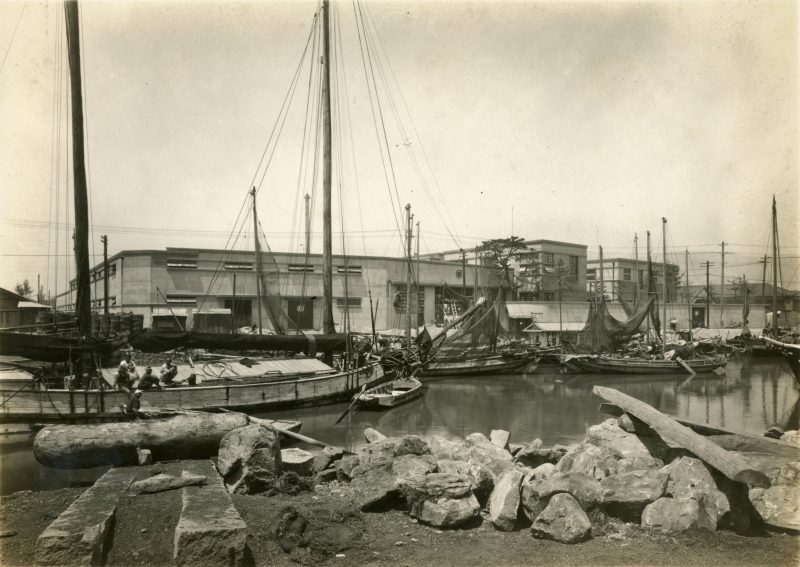
These ships were operated on a large scale by the Iwasaki family’s Mitsubishi Mail Steamship Company and Kyodo Unyu Kaisha, a company run by Shibusawa Eiichi and others. From 1884, transportation of Nada’s sake was handled by Nippon Yusen Kabushiki Kaisha, which was created through the merger of these two companies. On the other hand, vessels that owned by the Tatsuuma family transported salt from the Seto Inland Sea, coal from Kyushu, and rice from various regions, in addition to sake.
In this issue, we introduced about the shipping business of the Tatsuma family during the Meiji period. Later, during the Taisho Period, they established Tatsuuma Kisen Corporation and was involved in the shipping business until they let it go after the end of World War II. I hope to introduce about it in a future article. We look forward to seeing you next month.

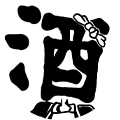
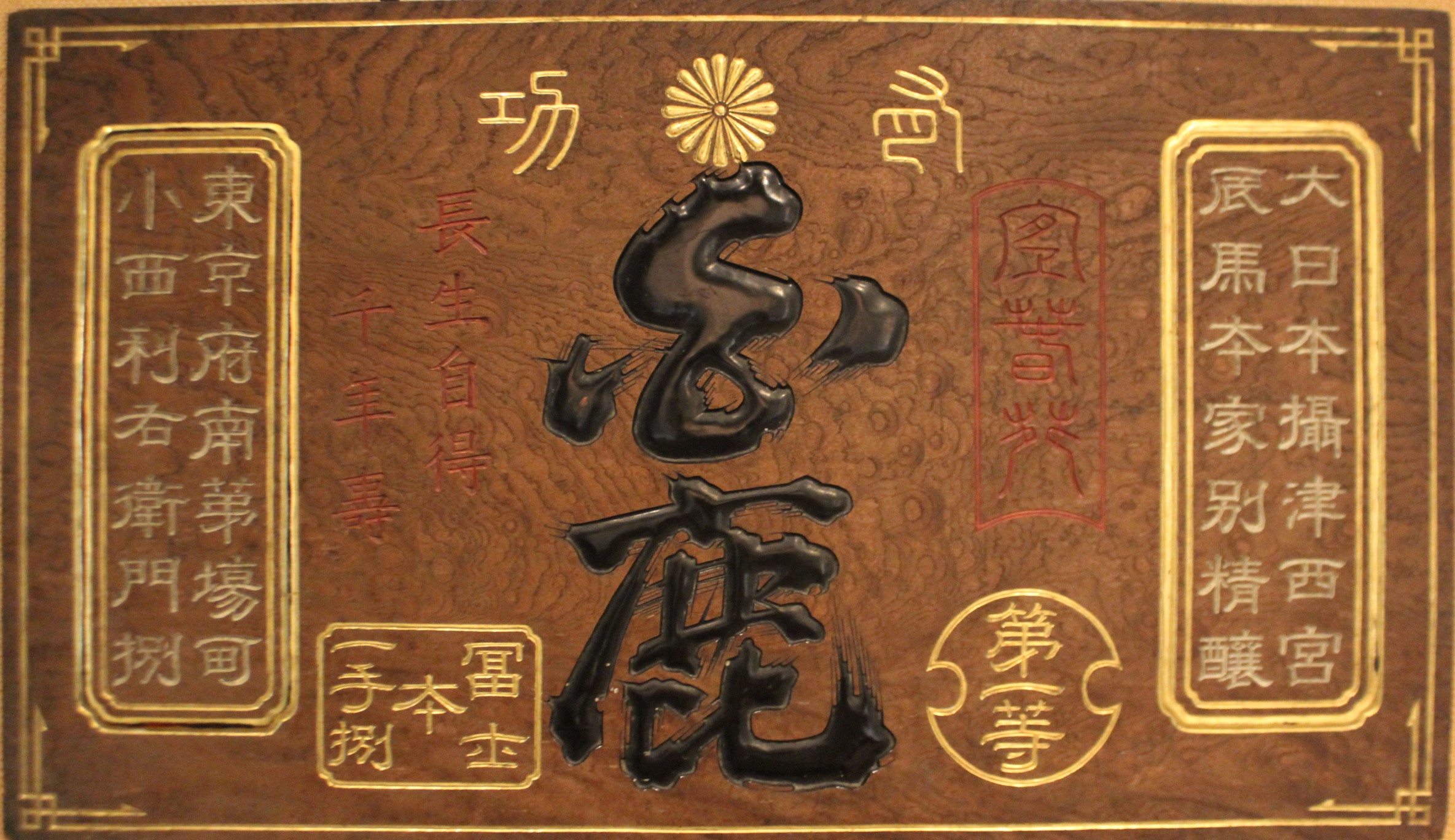
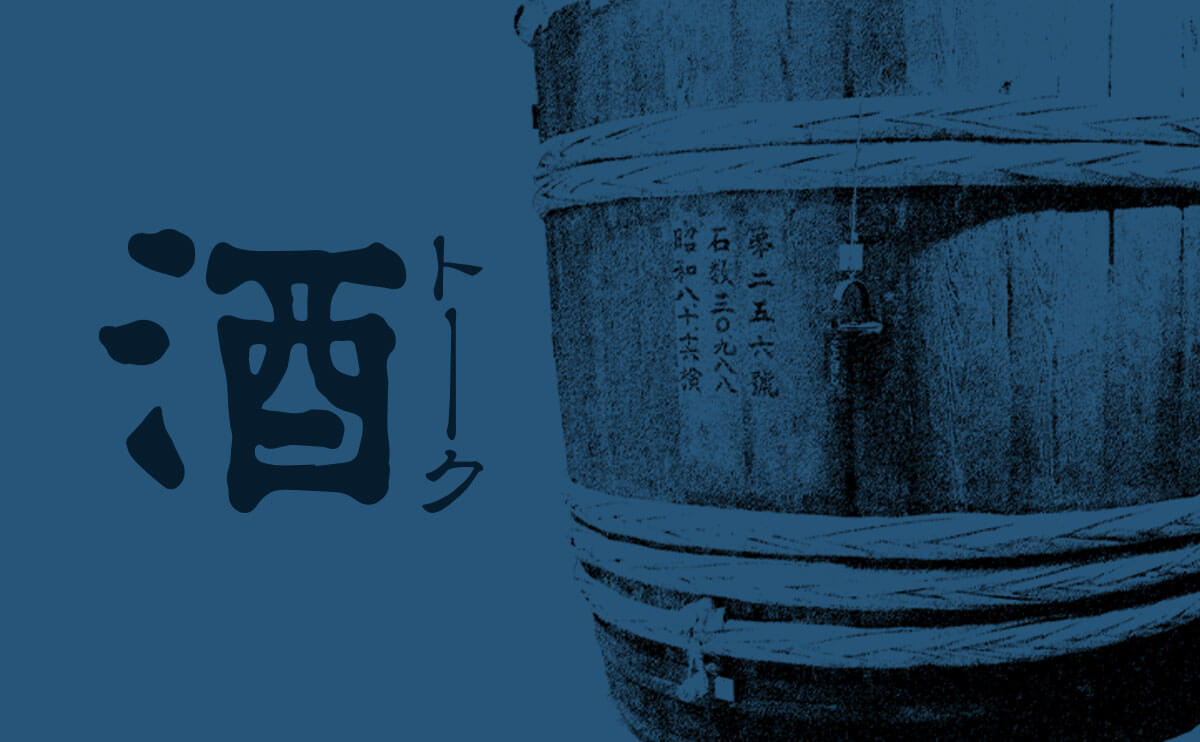
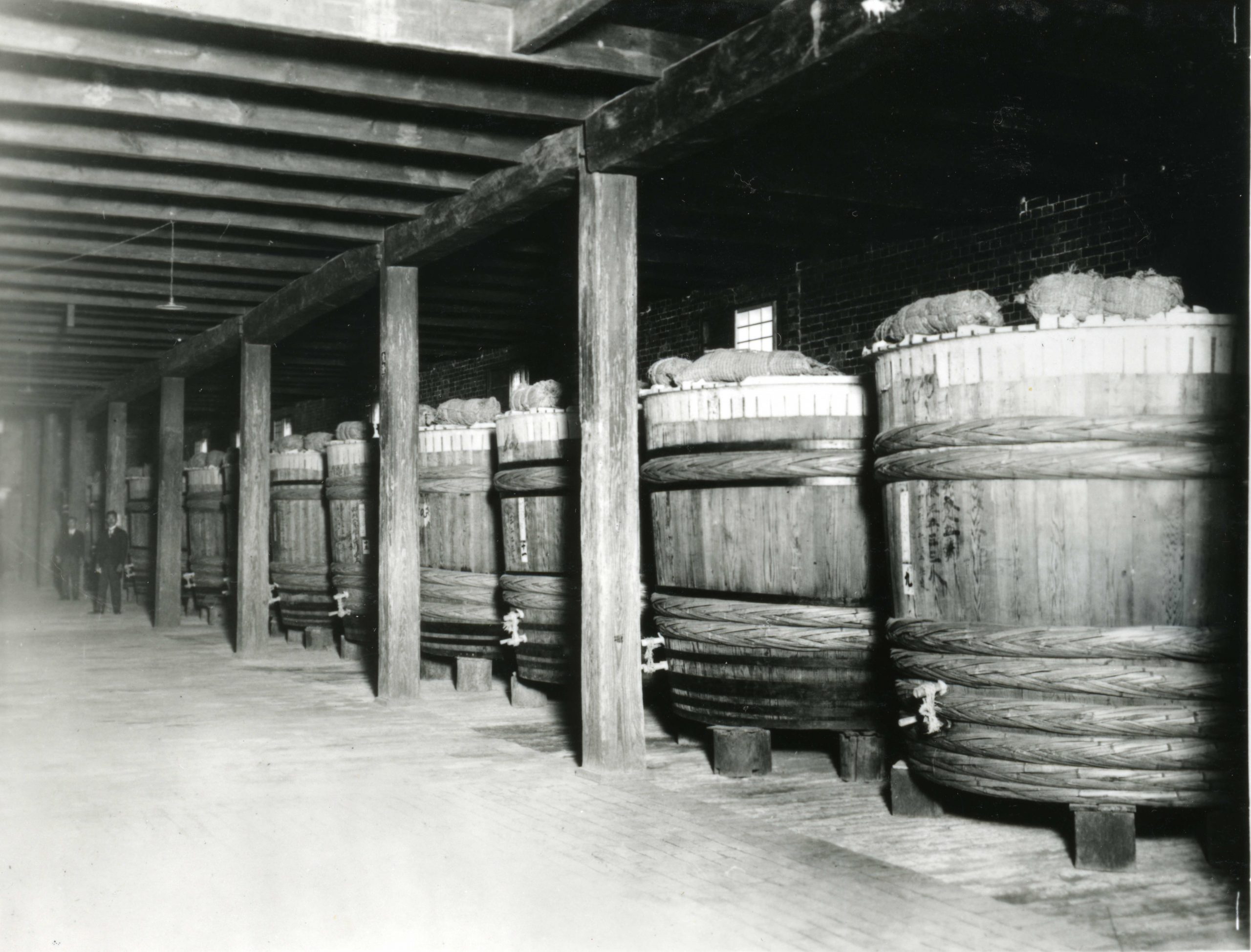
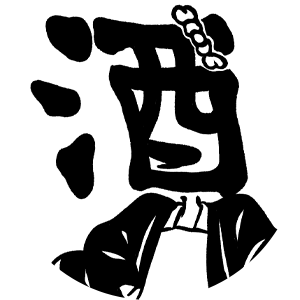

It’s important to be known.